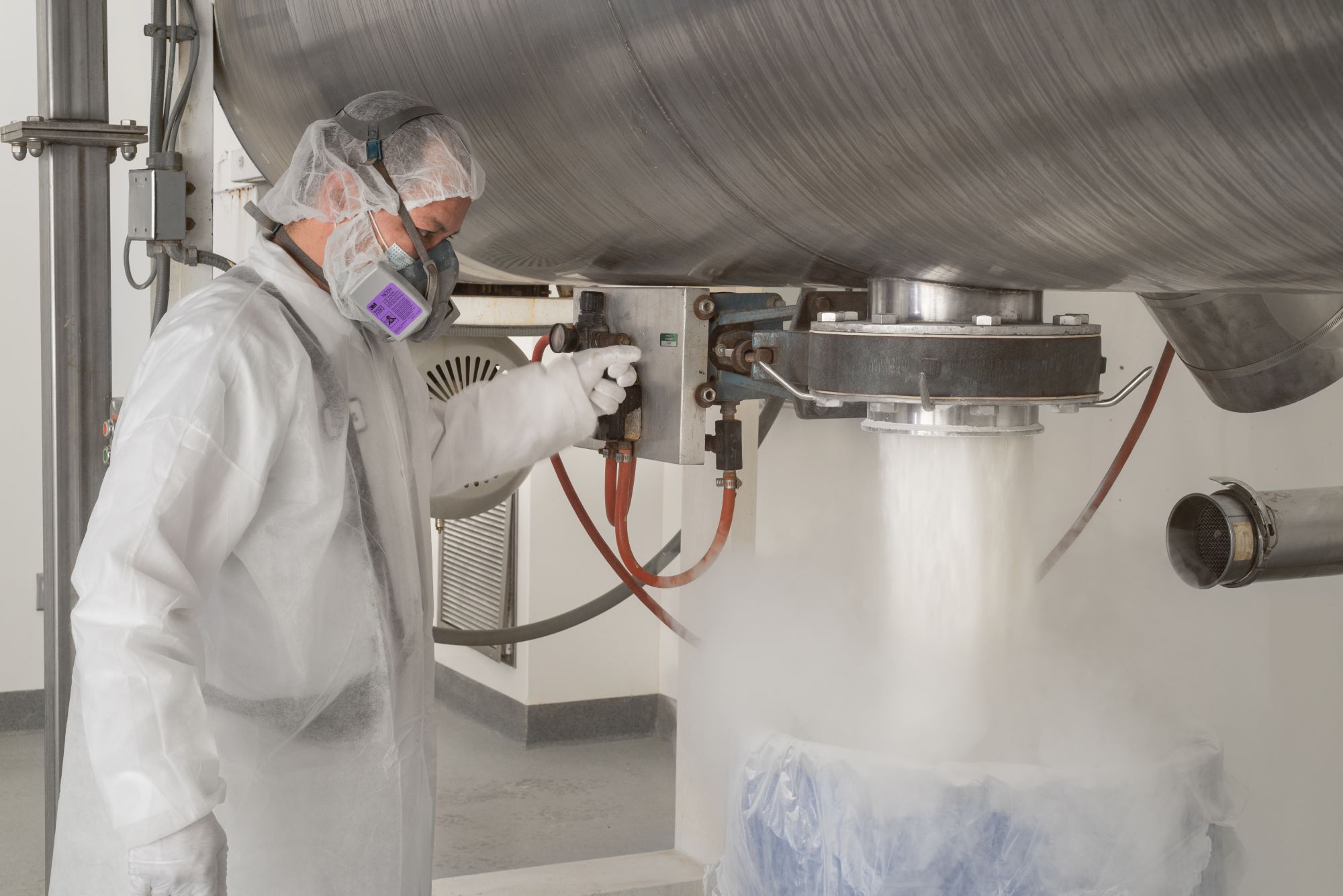For those interested in understanding this process further or considering a trusted partner for quality protein supplements, Nutrolife Science provides insights into top-grade manufacturing standards and product innovation.

1. The Source of Protein
The journey of protein powder starts with selecting a protein source. The most common ones include whey (derived from milk), casein, soy, pea, and hemp. Each source undergoes unique extraction and filtration processes to isolate the protein effectively. For example, whey protein, known for its high biological value and fast absorption, goes through additional filtration steps to remove fat and lactose, resulting in concentrated or isolated protein forms.
2. Extraction and Filtration
Once the source is identified, the protein undergoes extraction and filtration. The goal is to separate the protein from other components, such as fats, carbohydrates, and water. This step often employs:
- Microfiltration: A method using small pores to filter out non-protein substances.
- Ultrafiltration: A more advanced technique that removes fats and lactose, producing higher purity protein.
- Ion Exchange: This method uses electrical charges to isolate proteins based on their molecular structure, achieving a highly pure protein powder.
3. Drying and Powder Formation
The extracted protein is then dried to form a fine powder. The drying process is crucial in maintaining the protein's nutritional value and bioavailability. Most manufacturers utilize spray drying, where the protein liquid is sprayed into a chamber of hot air, evaporating the water and leaving behind a dry, stable powder. This method preserves the protein’s quality and extends shelf life.
4. Flavoring and Blending
To enhance taste and appeal, the protein powder is blended with natural flavors, sweeteners, and, sometimes, additional nutrients like vitamins or minerals. Blending involves carefully measured proportions to ensure each batch maintains consistent taste and nutritional quality. High-end manufacturers like Nutrolife Science emphasize the use of natural ingredients to avoid synthetic additives.
5. Quality Testing and Safety Standards
Quality and safety are critical in protein powder manufacturing. Rigorous testing occurs throughout the manufacturing process to detect contaminants, verify protein content, and ensure that the final product meets regulatory standards. This step often includes:
- Microbiological Testing: Ensuring no harmful bacteria or pathogens are present.
- Heavy Metal Testing: Screening for elements like lead and mercury to maintain purity.
- Amino Acid Profile Verification: Confirming the protein content and quality meet nutritional claims.
6. Packaging and Preservation
Proper packaging ensures protein powder remains fresh and contaminant-free throughout its shelf life. High-quality protein powders are sealed in moisture-proof, oxygen-resistant containers to maintain freshness and prevent spoilage. Nutrolife Science prioritizes sustainable packaging materials that protect the product while also reducing environmental impact.
The science behind protein powder manufacturing is a blend of precision, advanced technology, and stringent quality control. From protein extraction to the final packaging, every step is designed to deliver a product that meets high nutritional standards. As consumer demand for protein supplements continues to grow, companies like Nutrolife Science lead the way with innovative methods and unwavering commitment to quality, helping customers achieve their fitness and wellness goals safely and effectively.
Understanding this complex process not only highlights the importance of choosing quality products but also provides insights into the care and science behind every scoop of protein powder.
For expert solutions in manufacturing proteins and high-quality supplements, contact Nutrolife Science. Email us at [email protected] or call +91-7889202281 to learn more about our premium products, innovative processes, and how we can support your health and wellness goals.